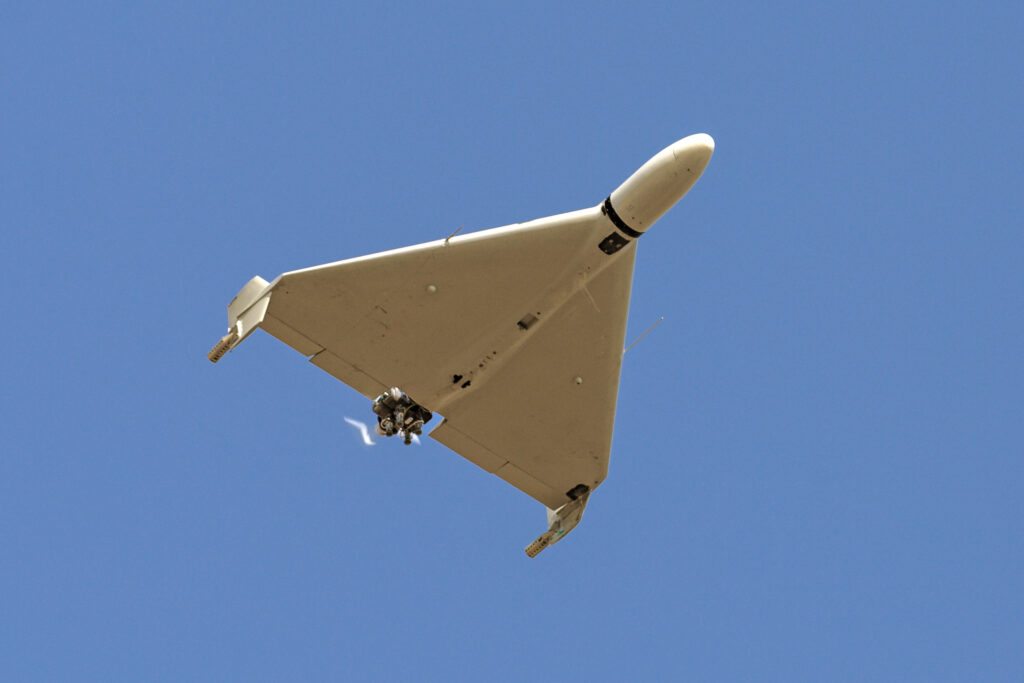Ukraine diverted over 100 Shahed one-way attack drones launched by Russia back to the country and Belarus last month using electronic warfare.
A barrage of 188 Shaheds was launched on the morning of November 26 in the largest-ever aerial attack on Ukraine, also including four Iskander-M ballistic missiles.
The attack was launched from Russia’s Voronezh, Oryol, Kursk, and Krasnodar regions.
A total of 76 were downed kinetically by Ukrainian air defenses using fighter jets, helicopters, mobile air defense batteries, and surface-to-air missiles, while 95 were diverted by “spoofing” their satellite coordinates, Le Monde revealed, citing a source close to Ukrainian military intelligence.
Additionally, 43 Shaheds were diverted to Belarus between 24 and 26 November, the French outlet added.
Ukraine EW Successes
Ukraine’s electronic warfare (EW) successes have recently begun to be noticed.
It allows Ukraine to “leverage lower-end systems to offset Russian pressures on Ukraine’s limited air defense umbrella,” according to a report by the Institute for the Study of War.
“Ukrainian EW systems are disrupting radar-guided Shahed-136/131 drones, causing the drones to change course and crash after running out of fuel,” the DC-based think tank wrote, citing Ukrainian military analyst Petro Chernyk.
Pokrova EW System
Meanwhile, the country deployed the indigenous Pokrova EW system in February this year, capable of suppressing and spoofing satellite navigation signals of drones and cruise missiles over a wide area.
Platforms like the Shahed, which primarily rely on satellite navigation, will only be heading straight toward the target with the help of a primitive inertial navigation system in the event of signal loss.
In the event of wind or other natural disruption, they won’t be able to adjust themselves and could end up reaching far away from their destination.
According to studies, the Iran-designed platform could deviate up to 5 kilometers (3 miles) from its target without satellite navigation over a flight range of 100 kilometers (62 miles).
In spoofing mode, Pokrova can tamper with the drone’s coordinates and replace them with false ones, leading it astray.



